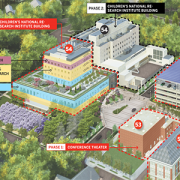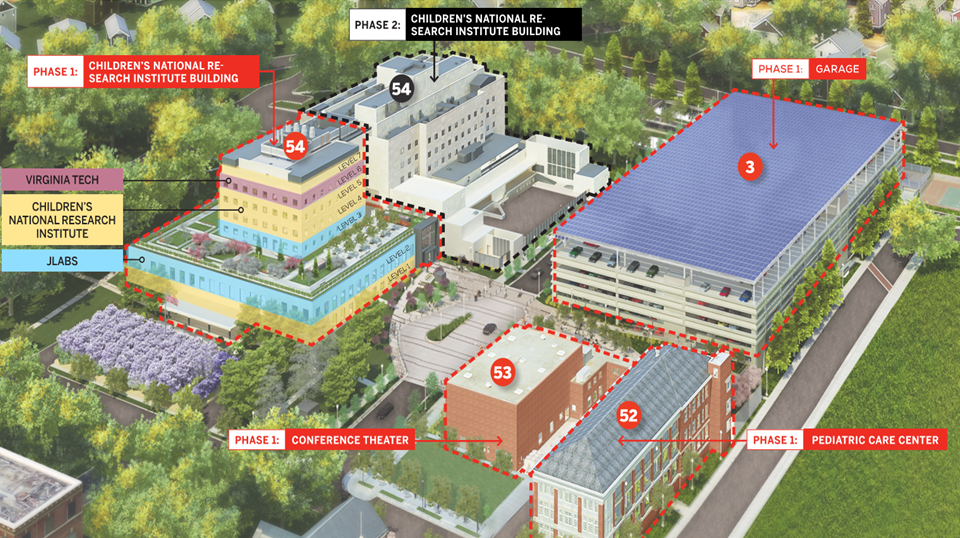NIH awards $1m grant to study visual system

The team will focus its work on FXS, a genetic condition that causes changes in a gene called Fragile X Messenger Ribonucleoprotein 1 (FMR1).
Researchers at Children’s National Hospital received a $1 million grant from the National Institutes of Health (NIH) to study the neural mechanisms behind visual deficits in fragile X syndrome (FXS). The work will provide new insights into how the visual system develops.
With the award from the National Eye Institute, the Children’s National team – led by Jason Triplett, Ph.D., principal investigator at the Center for Neuroscience Research – will work to unravel the poorly understood relationship between sensory deficits and neurodevelopmental disorders (NDDs). The findings are expected to provide clues into possible non-invasive therapeutics that could someday be used to resolve visual deficits in children with FXS and other disorders.
“Deficits in sensory processing, including vision, are common in many NDDs, but how these deficits arise is poorly understood, hampering the development of therapies,” Triplett said. “Using a powerful combination of molecular, anatomic and electrophysiologic techniques, we are hoping to get a comprehensive understanding of visual circuit development – and its disruption in fragile X syndrome.”
The big picture
The team will focus its work on FXS, a genetic condition that causes changes in a gene called Fragile X Messenger Ribonucleoprotein 1 (FMR1). The gene normally makes a protein needed for brain development, including the highly complex visual system. However, people with FXS do not properly make the protein, leading to a spectrum of developmental and cognitive delays.
Triplett’s team theorizes that ameliorating sensory deficits could improve other features of the disorder. Research has shown that sensory processing is critical for communication and learning, which are central components of the behavioral therapies aimed at treating intellectual delays and social anxiety.
Yet little is known regarding the neural basis of sensory deficits in FXS. Understanding how neuronal circuits are disorganized and dysfunctional in the context of the disorder will be a critical first step to developing therapeutics. In addition, given the prevalence of sensory dysfunction across NDDs, the work could have broader applications.
Children’s National Hospital leads the way
This NIH-supported work builds on prior research in the Triplett Laboratory. The collaborative nature among investigators in the Center for Neuroscience Research combined with the technical resources supported by the DC-Intellectual and Developmental Disabilities Research Center create an environment that maximizes the experimental capabilities of the Triplett Lab.
“We are so excited to continue this work,” Triplett said. “It highlights the importance of supporting fundamental research at the bench. We started with basic biological questions about how circuits wire up, and now we are embarking on research that could set the stage for potentially life-changing therapies.”







